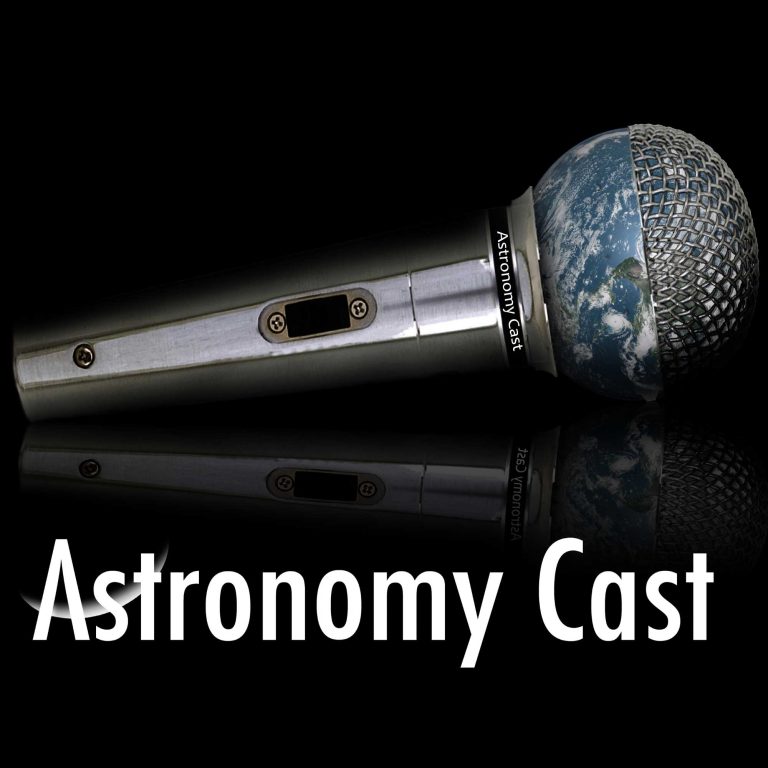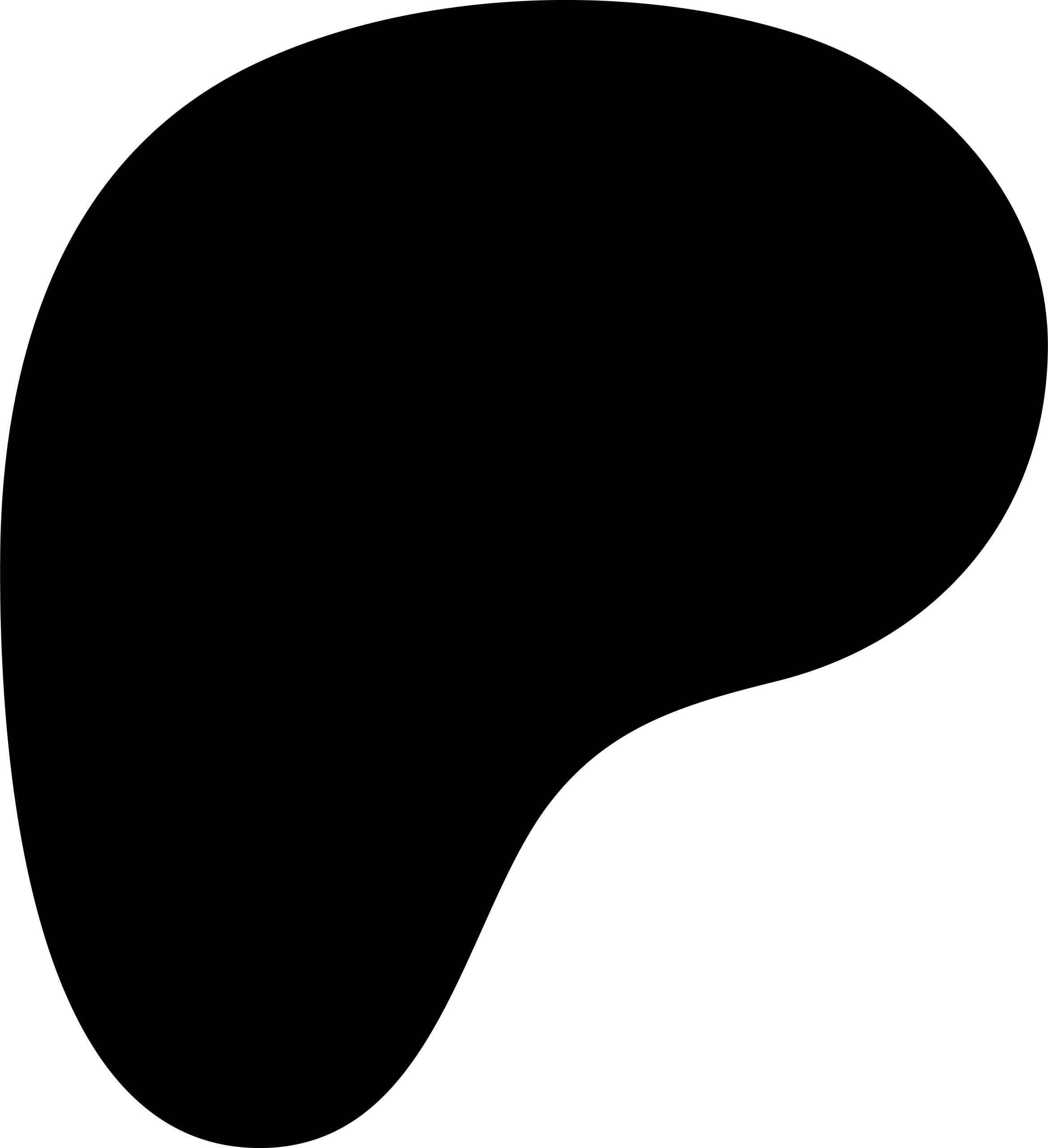Podcast: Play in new window | Download | Embed
Subscribe: RSS
At the turn of the 20th Century, Einstein’s theory of relativity stunned the physics world, but the experimental evidence needed to be found. And so, in 1919, another respected astronomer, Arthur Eddington, observed the deflection of stars by the gravity of the Sun duri…










